Top 10 most deadliest earthquakes in history
Throughout history, the Earth has experienced catastrophic earthquakes that have left a trail of destruction and loss of life in their wake. These seismic events, driven by the relentless forces beneath the Earth’s surface, have shaped our understanding of natural disasters. Here are the top 10 most deadly earthquakes in recorded history:
1. Shaanxi Earthquake (1556)
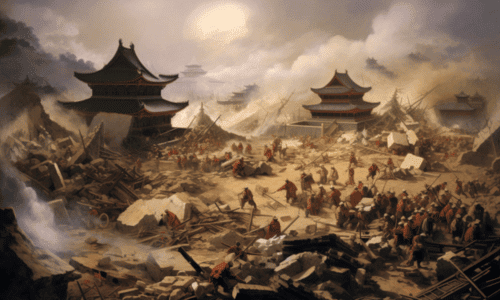
Location: Huaxian, China
Magnitude: Estimated at 8.0
Fatalities: Approximately 830,000
Impact: Often referred to as the deadliest earthquake in history, it caused massive devastation in the Shaanxi province.
2. Tangshan Earthquake (1976)
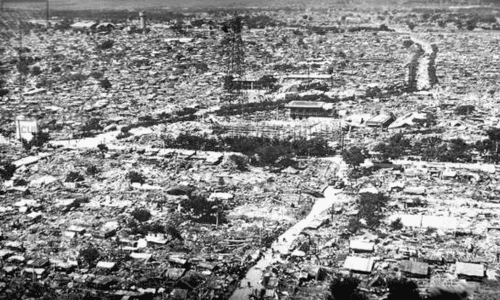
Location: Tangshan, China
Magnitude: 7.5
Fatalities: Approximately 242,000
Impact: This earthquake struck in the middle of the night, catching people unaware and causing widespread destruction.
3. Indian Ocean Earthquake and Tsunami (2004)
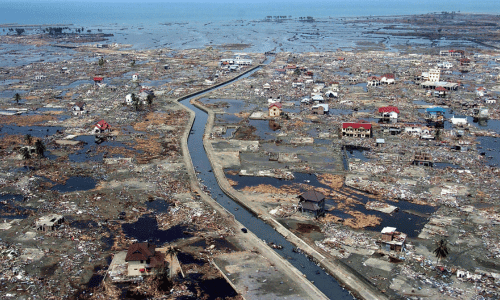
Location: Off the west coast of Northern Sumatra, Indonesia
Magnitude: 9.1-9.3
Fatalities: Approximately 230,000
Impact: The massive undersea earthquake triggered a tsunami that affected multiple countries bordering the Indian Ocean.
4. Haiti Earthquake (2010)
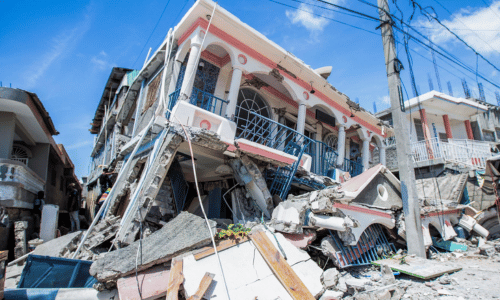
Location: Near Port-au-Prince, Haiti
Magnitude: 7.0
Fatalities: Approximately 230,000
Impact: The earthquake devastated the capital city of Haiti, leading to a humanitarian crisis.
5. Great Kanto Earthquake (1923)
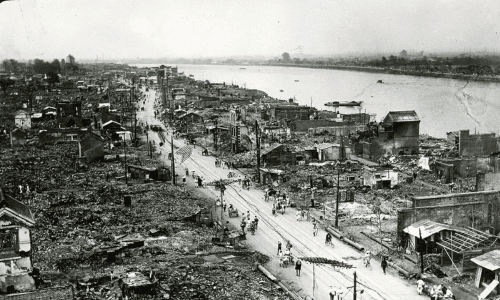
Location: Tokyo-Yokohama, Japan
Magnitude: 7.9
Fatalities: Approximately 142,800
Impact: The earthquake and subsequent fires resulted in widespread destruction in the Kanto region.
6. Tangshan Earthquake (1290)
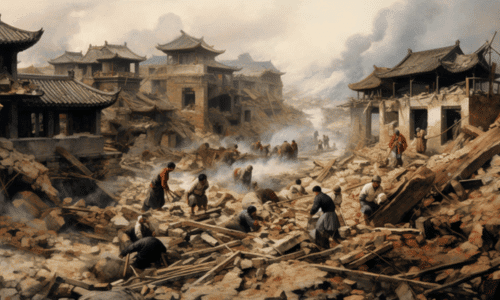
Location: Songjiang, China
Magnitude: Estimated at 6.6
Fatalities: Approximately 100,000
Impact: This ancient earthquake struck during the Yuan Dynasty, causing significant casualties.
7. Messina Earthquake (1908)
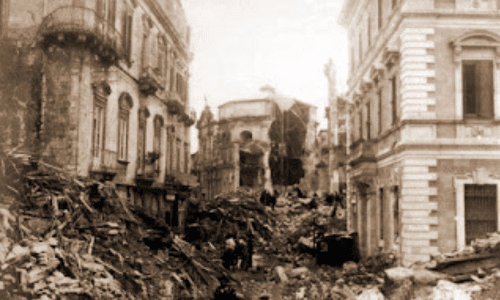
Location: Messina, Italy, and Reggio Calabria, Italy
Magnitude: 7.1
Fatalities: Approximately 100,000
Impact: The earthquake and resulting tsunami caused extensive destruction in southern Italy.
8. Aleppo Earthquake (1138)
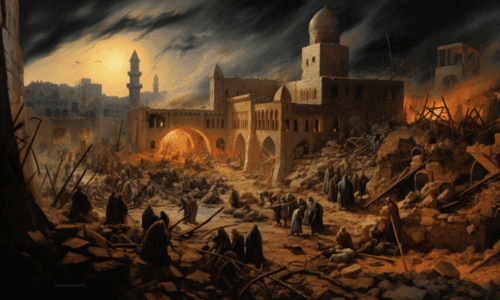
Location: Aleppo, Syria
Magnitude: Estimated at 8.5
Fatalities: Approximately 230,000
Impact: This medieval earthquake remains one of the deadliest in history, affecting regions beyond Aleppo.
9. Ardabil Earthquake (893)
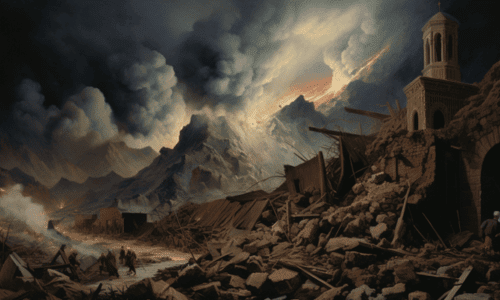
Location: Ardabil, Iran
Magnitude: Estimated at 7.9
Fatalities: Approximately 150,000
Impact: Occurring during the Abbasid Caliphate, this ancient earthquake had a significant historical impact.
10. Haiyuan Earthquake (1920)
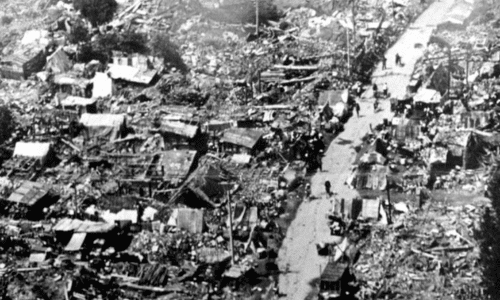
Location: Haiyuan County, Ningxia, China
Magnitude: 8.5
Fatalities: Approximately 273,400
Impact: This earthquake in northwestern China caused extensive damage and loss of life.
These devastating earthquakes have left indelible marks on the affected regions, emphasizing the importance of preparedness and disaster response. They serve as a solemn reminder of the Earth’s immense power and unpredictability, as well as the resilience of communities in the face of adversity.
Understanding Earthquake Magnitude
Hey there! Earthquakes are like giant shakes or vibrations in the ground caused by things deep underground called “tectonic plates” that are like puzzle pieces of the Earth’s crust. When these puzzle pieces move, they can sometimes get stuck, and when they finally let go and move, it creates an earthquake.
Now, think of earthquake magnitude as a way to measure just how big and powerful these shakes are. It’s like giving the earthquake a score to tell us how much it shook things up. Scientists use something called the Richter scale to figure out the magnitude.
Here’s how it works:
- The Shaky Wave: When an earthquake happens, it sends out something called seismic waves. These waves are like ripples when you drop a pebble in a pond, but they go through the Earth.
- The Seismograph: Scientists have special tools called “seismographs” that are like super-sensitive earthquake detectors. They can feel even the tiniest shakes.
- The Magic Math: The seismograph draws lines on paper as it feels the seismic waves. Scientists look at how big these lines are to figure out the magnitude. It’s kind of like if you made a loud noise and had a microphone to record how loud it was – the bigger the noise, the louder it records.
- The Scale: The Richter scale goes from 0 to 10, but it doesn’t stop there! Each whole number on the scale means the earthquake is ten times bigger and ten times stronger. So, an earthquake with a magnitude of 6 is ten times more powerful than one with a magnitude of 5.
Let’s imagine a little scenario to help you understand it better:
Scenario 1: You’re jumping on a trampoline in your backyard, and it’s shaking a little bit. We might say that’s like a tiny, little earthquake, maybe around 2 on the Richter scale. It’s like a soft bounce.
Scenario 2: Now, imagine you’re jumping on a super bouncy trampoline, and it’s shaking a lot! This would be like a bigger earthquake, maybe around 5 on the Richter scale. You’re bouncing pretty high!
Scenario 3: But what if you’re on a gigantic, mega-bouncy trampoline, and it’s shaking like crazy? That’s like a massive earthquake, maybe around 9 on the Richter scale. You’d be bouncing all over the place!
So, remember, the Richter scale helps scientists tell us just how big and strong an earthquake was. The bigger the number, the more powerful the earthquake. And that’s how they figure out the magnitude!
It’s important to know these things because it helps us understand earthquakes better and be prepared to stay safe when they happen. Scientists work hard to study earthquakes and help us learn more about them.
“We’ve reached the end of our Top 10 countdown, and we’d love to hear from you! Do you agree with our choices, or is there something we missed that you feel deserves a spot on this list? Let’s start a conversation – comment below with your thoughts and ideas. Your input might just influence our next Top 10!”
If you like this you might like The Top 11 biggest storms ever recorded in the World





